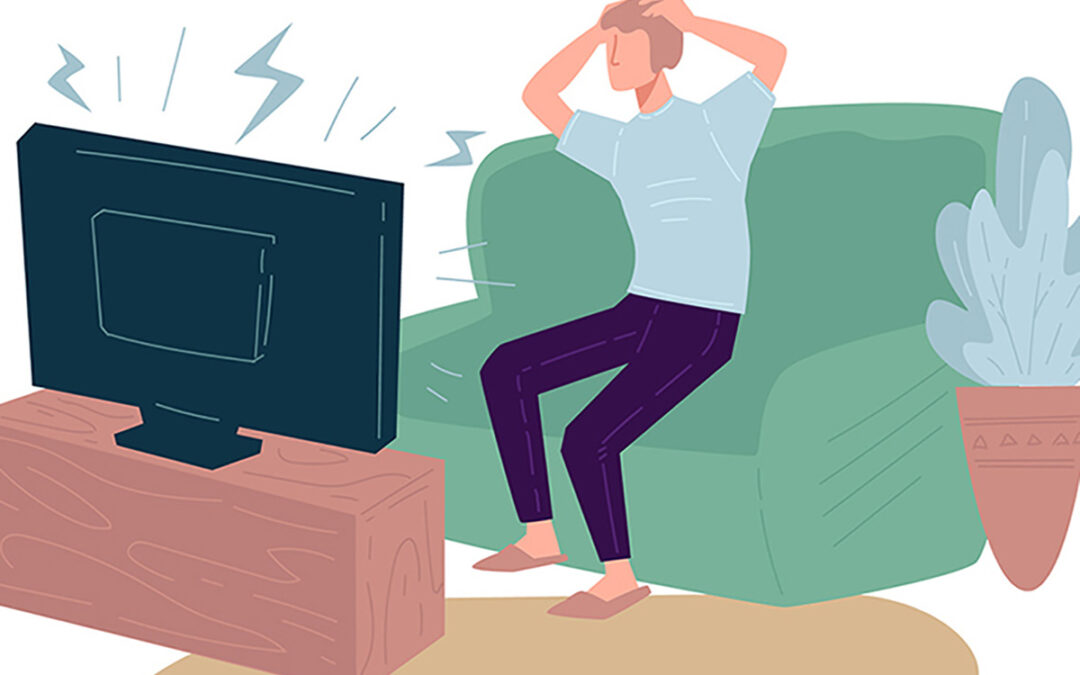The media has a huge impact on us. From reading or watching the news every morning to scrolling through social media sites throughout the day and unwinding with our favourite shows, we’re influenced by different forms of media throughout the day. It is inevitable, then, that the portrayal of various aspects of life in the media shape how we think, what we believe and how we act.
In pop culture, people with mental illness are referred to as “crazy”, “psychos” or used for the purpose of ridicule and humour. Moreover, they are often characterized as violent, dangerous and dramatic. And more often than not, they are depicted as individuals who do not seek mental health interventions. For most people, the media is a primary source of information on mental health and mental illness. Then how accurate is what we see?
Research has shown that “both entertainment and news media provide overwhelmingly dramatic and distorted images of mental illness that emphasize dangerousness, criminality and unpredictability.” (Stuart, 2006).
Moreover, they also model negative reactions to the mentally ill which include fear, rejection as well as ridicule. Such content can lead to misunderstandings, especially for disorders such as bipolar and schizophrenia.
For example, the popular 2012 movie, “Silver Linings Playbook”, ultimately suggests that falling in love can cure mental illness. In a way, it trivializes the importance of a mental health intervention in any form.
In the 2017 Netflix show, Atypical dramedy revolves around the life of 18-year-old Sam who is autistic.
The show could have been an opportunity to raise awareness about autism, however as Sarah Kurchak of Time writes, “He (Sam) often appeared to me as more of a collection of stereotypes and repetitive physical movements than a person. Perhaps he would look like an autistic person from an outside perspective. But as an autistic person, I saw none of the complexity and internal life that I know exists in myself and my fellow autistic people and am desperate to see more of it on screen.”
According to a psychiatrist, Agnes Costello shows such as “13 Reasons Why” glamorize depression and suicide. In the long run, these shows can be extremely harmful as they tend to validate distorted and fatalistic thinking, “that mental health professionals try to move teens away from”
Some representations however can be accurate and beneficial. The Netflix show, “Afterlife”, for instance, is an accurate depiction of grief. It follows middle-aged Tony as he navigates his emotions after his wife’s untimely death. Shows such as this, help to bridge the gap between misconceptions and reality. They also help humanize the darker sides of existence. Moreover, movies such as Disney Pixar’s, “Inside Out” help promote a healthy understanding of emotions.
In a country like India, where mental health is already undervalued, the representation of mental health in the media or perhaps the lack of it might contribute to stigma and misinformation. Representations of the mentally ill as “violent “or “dangerous” contribute to the stigmatization of mental health and the spreading of misinformation.
Stephen Hinshaw, a professor of psychology at the University of California–Berkeley says, “The portrayals serve to distance ‘them’ from the rest of ‘us.’”.
However, as it is impossible to change content that is being presented, as consumers, we must be mindful of what we’re processing.
Television and cinema are powerful mediums to raise awareness and bring into light several mental health concerns. Perhaps through newer, more-informed and aware content, the media can contribute to the creation of a world that is caring, inclusive and compassionate.
– Urveez Kakalia & Niharika Bhatia.

